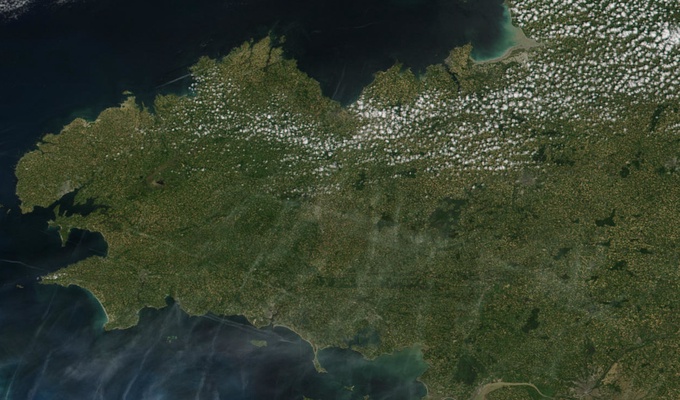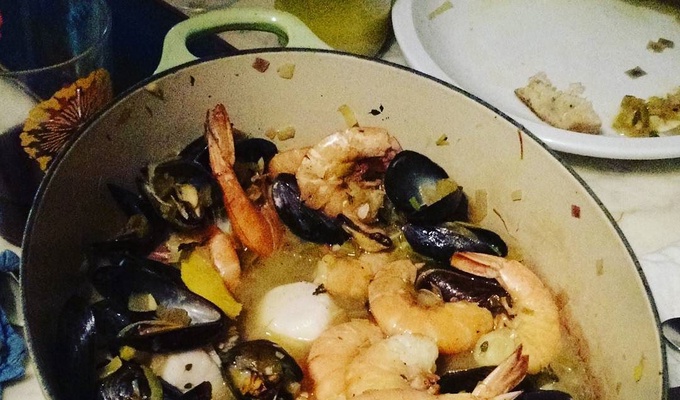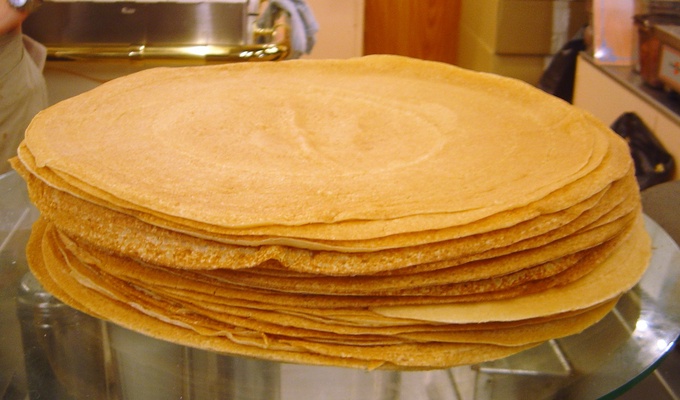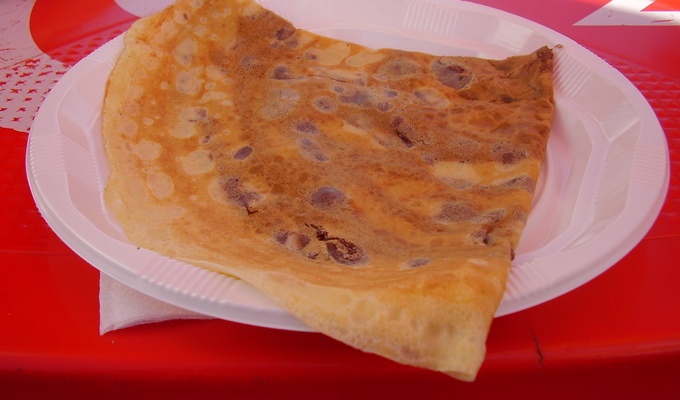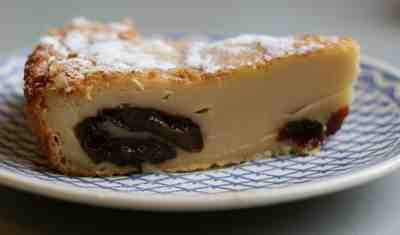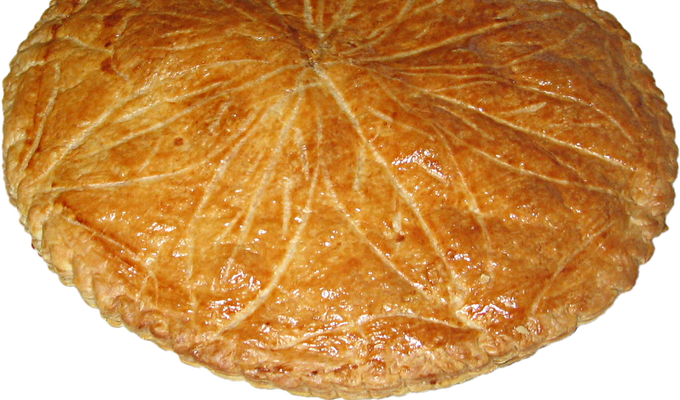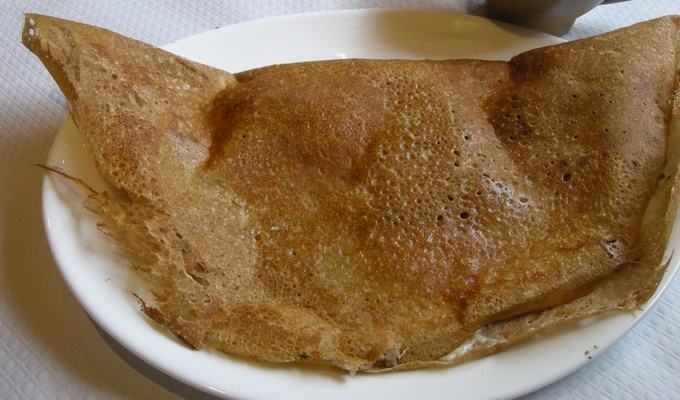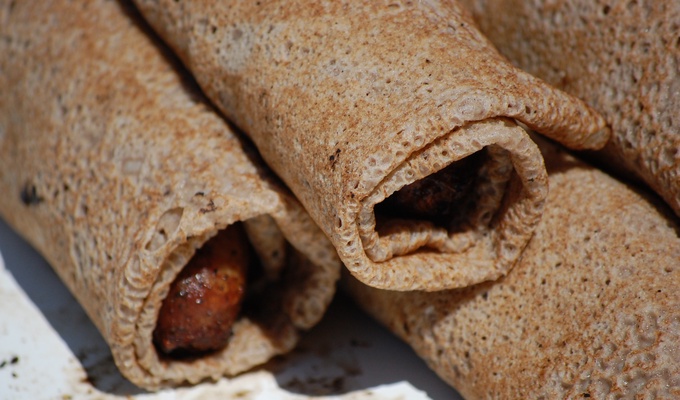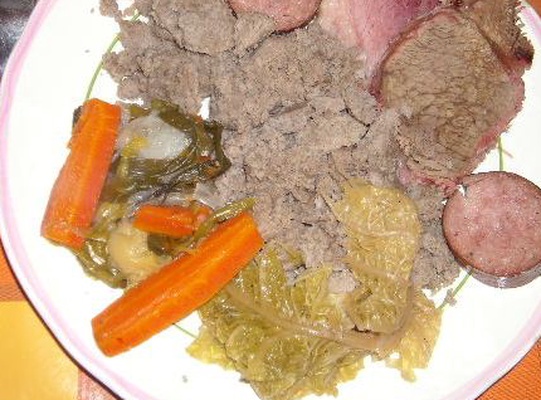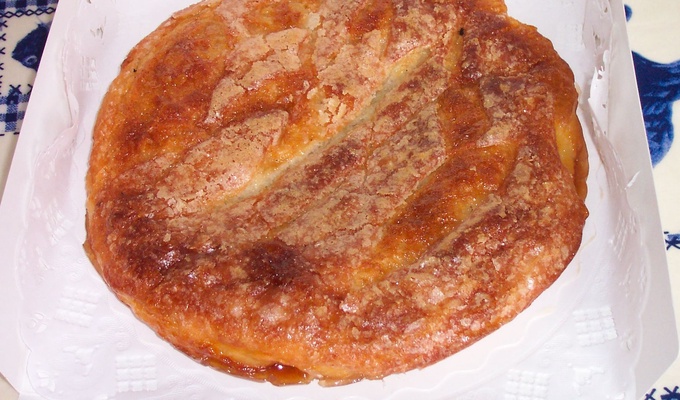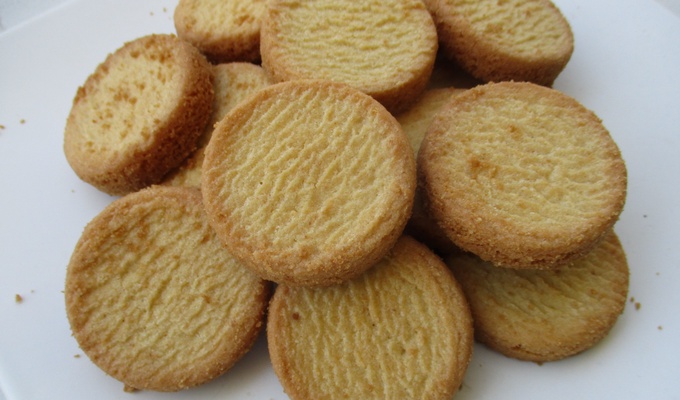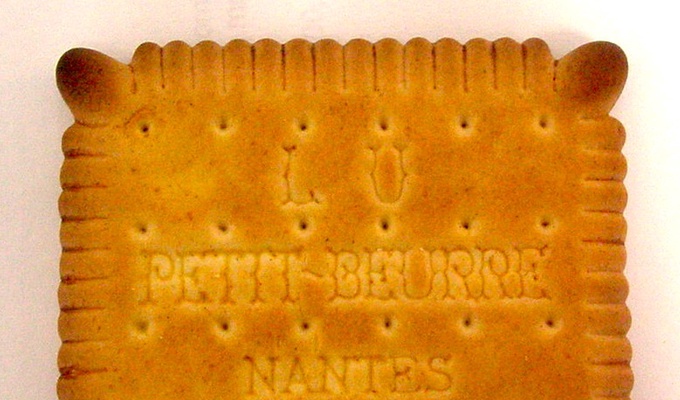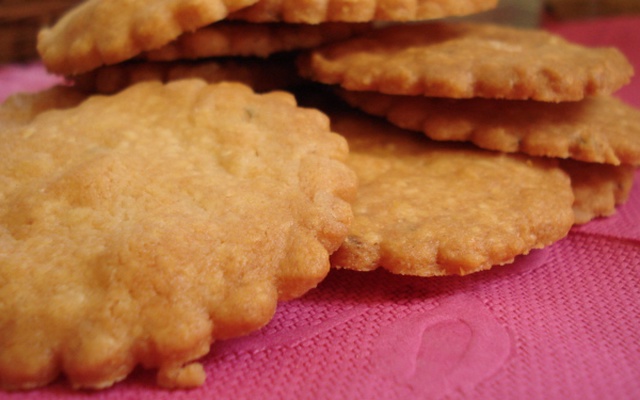Brittany, located in the northwest of France, is known for its distinctive cuisine, shaped by its Celtic heritage and its geographical position. The people who live in Brittany, and the culture and language of the region, are called Breton. The region's culinary practices emphasize the use of local ingredients, with an emphasis on simplicity and traditional methods.
The culinary traditions of Brittany are influenced by its Celtic ancestry, which is reflected in the rustic and straightforward nature of many dishes. Over time, these traditions have been influenced by broader French culinary practices, resulting in a cuisine that is both distinctively Breton and integrated into the French culinary landscape.
Beverages: Cider, Chouchen, Lambig, and Pommeau
Brittany is recognized for its apple-based beverages. Cider is widely consumed, often accompanying meals. Chouchen, a fermented drink made from honey, and Lambig, a distilled apple brandy, are traditional beverages with historical roots in the region. Pommeau, an apple-based aperitif made by blending apple juice with lambig, is also part of Brittany's beverage repertoire.
Crêpe and Galette: Regional Variations
The terms Crêpe bretonne and Galette bretonne refer to two staples of Breton cuisine, though their usage varies across the region. In Lower Brittany (Basse-Bretagne), which includes parts of Finistère, Morbihan, and Côtes-d’Armor, the term "crêpe de blé noir" (buckwheat crêpe) is commonly used for what is elsewhere called a "galette de sarrasin" (buckwheat galette). Here, "crêpe" can refer to both savory and sweet versions, depending on the flour used — buckwheat for savory and wheat for sweet.
In Upper Brittany (Haute-Bretagne), which includes Ille-et-Vilaine and parts of Loire-Atlantique and eastern Morbihan, the term "galette" is more prevalent for savory buckwheat pancakes, while "crêpe" typically refers to the sweet wheat-flour version. The galette is sometimes thicker and softer ("soupig") in this area, compared to the thinner and crispier version in Lower Brittany. The difference in terminology mirrors the boundary between the Breton-speaking and French-speaking areas of the region.
Traditional Dishes: Kig ha Farz, cotriade, and other seafood
Kig ha farz is a traditional Breton dish consisting of meat and a buckwheat-based dumpling, cooked with vegetables. It is a straightforward, nourishing dish. Cotriade is a fish stew made with various types of seafood, reflecting Brittany's coastal location and reliance on the sea for food.
Brittany's proximity to the coast makes seafood a significant part of its cuisine. Shellfish, oysters, and fish are commonly used. Beurre blanc, a butter sauce made with white wine and shallots, is frequently served with fish dishes in the region.
Dairy Products and Salt
Brittany produces high-quality dairy products, especially butter, which is a key ingredient in many dishes (along with Normandy; see Beurre d'Isigny). The region is also known for its salt, particularly fleur de sel from the Guérande salt marshes, which is used widely in cooking.
Biscuits and Pastries: Gâteau Breton, Kouign Amann, and Far Breton
The region is noted for its baked goods, including Gâteau Breton, a tender shortbread cake often filled with fruit preserves; Gâteau Nantais, a rich pound cake infused with rum and lemon and topped with white glaze; and Kouign Amann, a layered pastry made with butter and sugar. Far Breton, a custard-like cake traditionally made with prunes, is another typical dessert from the region.
It also has a well-developed tradition of cookie manufacture (called biscuit in French). The palet Breton, a French butter cookie, comes from Brittany, and it is the headquarters of many French cookie manufacturers, including Lefèvre-Utile (known as LU).
